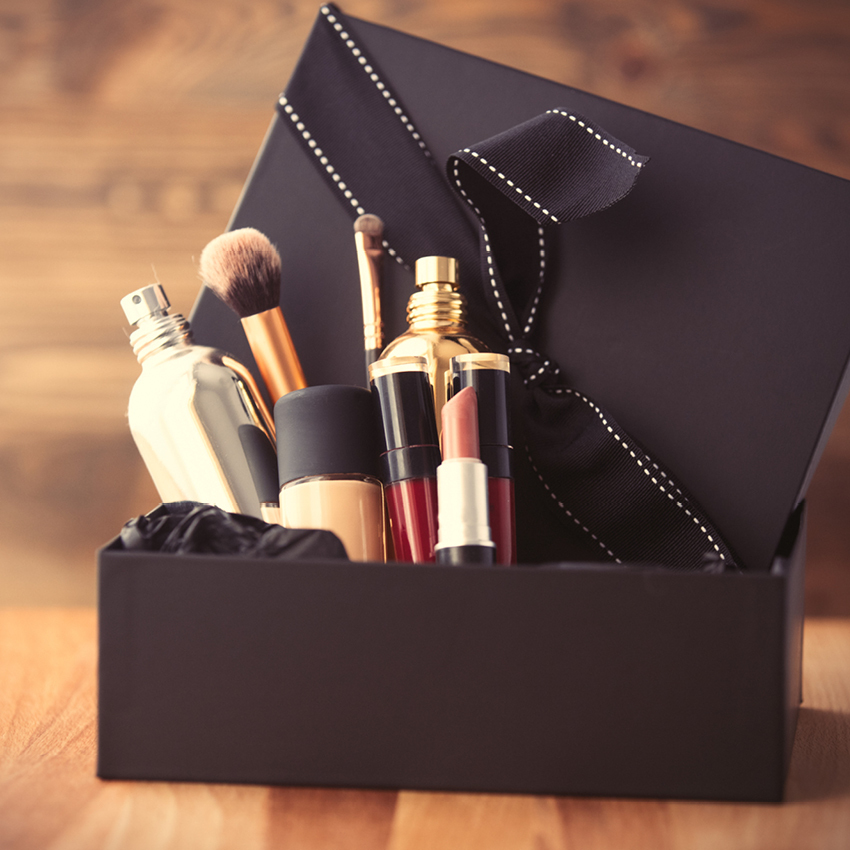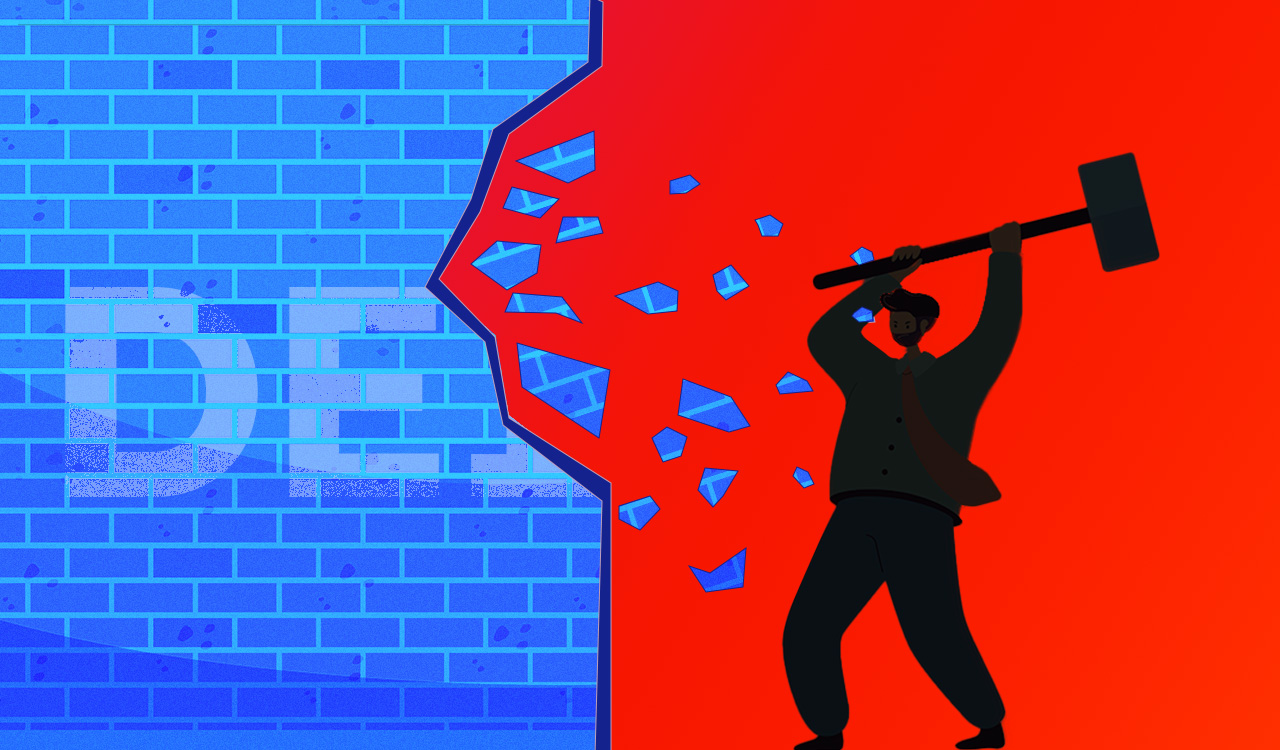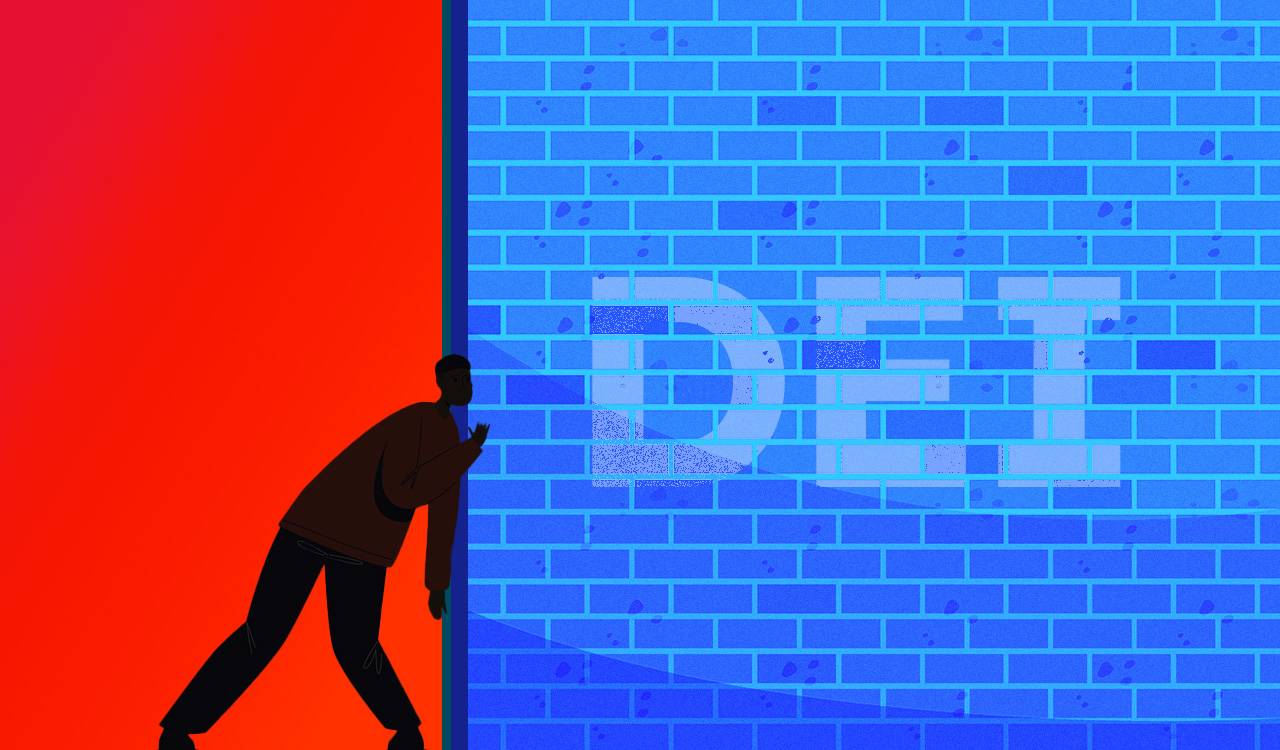As an industry observer for many decades, I believe the prestige sector of the $532 billion global beauty industry is desperately working to find new ways of retaining its best customers during the ongoing pandemic — and beyond. Now, in addition to trying to acquire new customers — a chief goal of the last 10 years — luxury brands are struggling to retain their base, who, because of Covid-19 safety concerns, are even more department store-resistant than they already were. With the pandemic, the major lure of department stores — that women can test products themselves and have beauty advisers apply makeup and skincare — has flown out the window. Consequently, those bored-at-home consumers have been trolling the internet, and discovering other, often cheaper and/or mass market, options.
The prestige beauty industry must devise a better way for its customers to try new and existing products safely in brick-and-mortar retail environments.
A Beauty Pivot
The devastation caused by Covid-19 to the industry is real. In fact, it\’s not an overstatement to say the pandemic is causing a marketing revolution in beauty. This shift requires a massive effort to educate a brand\’s customer base in new ways of testing and buying its products. The major companies are quietly admitting to the seriousness of this marketing challenge.
The main issue is that the industry must devise is a better way for its customers to try new and existing products safely in brick-and-mortar retail environments. Innovative virtual tools do not replace the hands-on experience playing with products.
Beauty on the Home Front
What will be most important — especially for the long term – is finding the smartest way to reach the best customers in their home environments. It may be as simple as Glossier\’s DTC strategy (a now $1 billion unicorn) and getting more aggressive in offering free samples online. Customers can also be offered products at an attractive discount or take advantage of other enticements.
New Product Disruption
The traditional marketing approach has been to produce a constant flow of new items to hold current user interest. The pandemic has caused a slowdown in the introduction of new beauty products due to a number of factors. The principal reason is generally confusion and lack of leadership at the senior management level, exacerbated by the lack of availability of bottles and pumps that were deferred to hand-sanitizing and other pandemic-related products. Combine these challenges with the added problem that most third-party safety standard and testing facilities had to close, stifling the flow of new offerings. Sadly, in my opinion some of the major companies are struggling and do not have the right mix of executive\’s skills for this new age of beauty.
Building a Future
To a significant extent, major beauty companies have relied on buying startups with innovative products rather than creating their own in house. Sadly, the pandemic slowed, if not stopped, the funding and launch of these small independent brands.
With signs the pandemic may be slowing, beauty companies must be ready to make one of the most difficult transitions in their history. Leadership must devise sustainable strategies to address these four challenges:
1. Accelerating Wellness
While beauty companies have been slowly evolving into the wellness, self-care and sustainability era, they will now have to accelerate their operations to ensure these new standards will be met in all new products. Credo Beauty is the most vigorous player in the all-natural category. It is showing rapid growth with company stores in nine major U.S. cities. Sephora is also launching its own clean skin care line. Most major companies are pushing hard to be able to legitimately advertise their products as fully sustainable. This is going to be a major and expensive bridge for them to cross.
2. Attention to Pricing
Customers are becoming more and more price conscious. With their core customers systematically cruising the internet, beauty brands are going to have to come up with new pricing packages. Some brands in the luxury segment have begun selling on QVC using its Easy Pay Service allowing customers to pay in installments. These new digital payment plans are effective ways to keep current users and more importantly grab new ones who won\’t pay $90 for a product but would shell out $30 a month. Customers are looking for that great find in the mass market that does the job for at least half the price they have been paying for luxury products. The dramatic growth of Versed Skin Care, a lower priced line backed by LVMH is creating its place in the growing skin care market. It initially acquired a younger market but is now also making headway with older luxury customers. It has been compared to The Ordinary, which Estee Lauder holds a minority stake in. The pricing wars are going to be tough pill for higher end brands to swallow.
3. Covid Conveniences
Covid-19 caused hair salons to close their doors. This became a boom to online hair care companies. Women had to color their own hair at home and some of these customers may well stick with the significantly lower price of do-it-yourself hair products. The biggest loser in this market segment will be the beauty salons.
4. More Big-Box Beauty
The drug chains and big box stores are upgrading and building out their wellness and self-care businesses. And keep an eye on supermarkets, which are expanding and upgrading their beauty product lines. It\’s difficult to say at this point how sophisticated or how broad their product lines will become, but they will definitely become players.
It\’s an exciting time to be in the beauty industry. It\’s also the most difficult of times.




